.
.
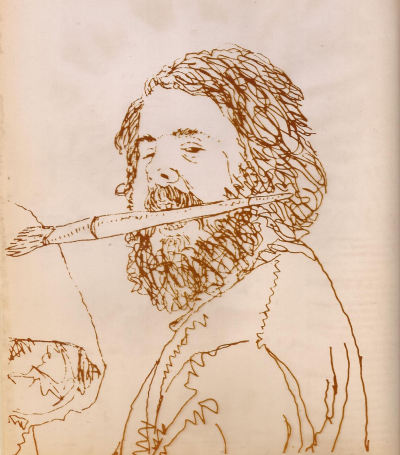
.
A self-portrait of the late Al Summ, whose love and appreciation of jazz showed up in a variety of ways. His artwork was found (and rescued) by his friends Dan Brown, Dave Watson, Bob Crimi and “Andy” – a.k.a. “The Gang of Four”.
This remembrance is a reminder of how jazz and its culture can touch the soul of an enthusiast, and a demonstration of a longtime, devoted friendship. I am proud to assist the “Gang” in sharing their heartfelt connection to their departed friend.
Happy Thanksgiving…
Joe
.
.
___
.
.
…..On a cold sunny Saturday in late February, 2017, a yawning open-lidded dumpster was denied the contents of a Section 8 apartment located in the former Governor Clinton Hotel in Kingston, New York. For several years the apartment had been the residence of legendary Hudson Valley fine artist and jazz aficionado Alan Summ, who had passed away on February 8, 2017.
…..The management of the facility was eager to clear and prepare the apartment for the next tenant, and the timely effort of Al’s closet pals, “The Gang of Four” – Dan Brown, Bob Crimi, Dave Watson, and “Andy” – saved his paintings, drawings, sketchbooks, photos, literature and extensive collection of jazz CD’S from the dumpster. Many of those works are featured at the conclusion of this remembrance.
…..Al’s encyclopedic knowledge of jazz was inspirational, and his art was the outward expression of that spirit. We hope the following synopsis and examples present the reader with a rewarding introduction to the jazz artistry of Al Summ.

Al Summ, c. 1970
…..Al was a devoted jazz fan from an early age who had a vast collection of music and a scholar’s appreciation of jazz history. He was also a talented artist who specialized in portraits of jazz musicians, and his paintings with jazz and social themes were well known among the hardcore jazz fans in the town of New Paltz, New York.
…..In the early 1980’s Al had a one man show in New Paltz entitled “The Jazz Of Life,” where he exhibited paintings and drawings of the likes of Pharoah Sanders, John Coltrane and Marion Brown, as well as works depicting the social unrest of the period. The show was generously reviewed and well received by several local newspapers, especially The New Paltz Times, which was enthusiastic in its praise.
…..The Hudson Valley in the 70’s and early 80’s was a hotbed of jazz. New Paltz College had frequent concerts. The Joyous Lake in Woodstock often featured jazz. Charles Mingus (who lived in the area), Dexter Gordon, Art Farmer, Gary Burton, Stan Getz, Carla Bley (another local), and many others played there. There were Sunday afternoon jam sessions in the bars of New Paltz featuring tenor player Hugh Brodie and musicians from the local resorts. Al Summ was in his element during this period.
…..Al loved jazz above and beyond merely being a casual fan. As an army brat who lived on bases in Europe and the United States, he had few friends growing up and jazz music became a kind of solace. Al was like a missionary spreading the message of jazz. In college dorm rooms, over dark beer in dark bars and in his living room, Al taught, extolled and made jazz something one wanted to know more about.
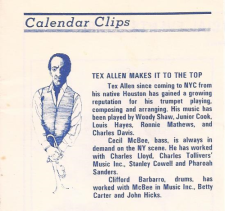
Poster art Al created for a Tex Allen appearance at the Top Of The Falls
…..A high point for Al as a jazz shepherd was when he got a job at an upscale restaurant named Top Of The Falls in High Falls, New York. He created poster art and advised the owners about musicians to hire. He was able to initiate the appearances of Tex Allen, Steve Kuhn/Sheila Jordan, Clifford Jordan, Charles Davis, Dexter Gordon, Janet Lawson and many others. Through Al’s advocacy and effort, great jazz was seen and heard in the Hudson Valley.
…..Al loved anything by Bill Evans, particularly the Village Vanguard records with Scott LaFaro and Paul Motian. Don Friedman and his album A Day In The City was a favorite of his. Indeed, favorite moments for him were the weekends Friedman played the Top. Al was thrilled about meeting him, having a beer and shooting the breeze. Later, Al and Don remained in communication and often exchanged tapes.
…..In addition to jazz, Al was interested in and conversant in literature, politics and art. He studied and appreciated the art of Edward Hopper, Thomas Eakins, Egon Schiele, Gustav Klimt and Edvard Munch (who he referred to as “The Other Monk”).
…..In almost all respects Al – despite being a casual jazz educator of merit – sought for reasons both personal and painful not to reach a level beyond being an above average fan. Contradictions abounded. Relationships were difficult. He remained isolated. He never learned to drive and would ride his bike into New Paltz with a knapsack of records or cassettes that he would play while working in various bars. This was the role he chose. This was the role that kept him down-to-earth, able to rub elbows and spread the word of jazz. However, this limited his experiences.
…..As the 80’s moved toward the 90’s, New Paltz grew younger and the social scene changed. After being struck by a car, life became more difficult for Al. He lived on disability due to his injuries and moved into Section 8 housing. Sadly, this was the end of an era – he was forced to sell his large LP collection in order to move into a very small apartment. Although he collected CD’s, the LP’s seemed to represent a time when talking about jazz over a beer was all that was necessary.
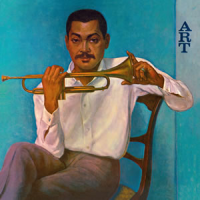
The artist Ernest Fiene’s art on the cover of the 1961 Art Farmer album Art [Argo]
…..His sensitivity to art and image remained unchanged. He loved an Art Farmer cover from the LP Art which features a painting of Farmer by artist Ernest Fiene, whom Al admired. When he was forced to sell his LP’s, Al saved and framed that cover.
…..Al loved people and while living in his new surroundings became friendly and was well-liked by his neighbors in other Section 8 apartments and by residents in the retirement community. He often stopped and talked with the elderly women who lived there, and who treated him like a son.
…..In 2016 Al’s health deteriorated further and he spent the remainder of his life in physical rehabilitation facilities, hospitals, and eventually intensive care units. Throughout his life, Al never lost his sense of humor, his ability to discuss art, books, politics in depth, and especially what he called “the good music”– jazz.
.
.
___
.
.
A sampling of jazz art by Al Summ. Exact date of the art is unknown, but likely all were created in the 1970’s and 80’s.
.
.
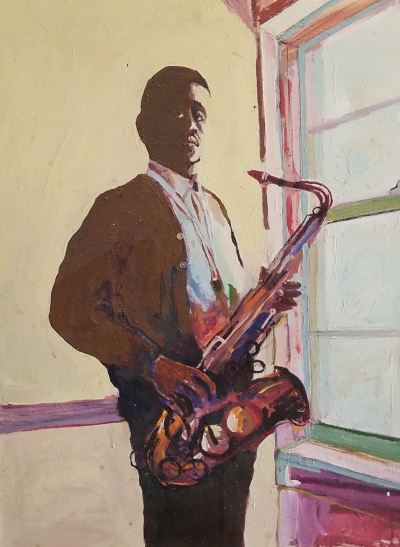
Pharoah Sanders
.
.
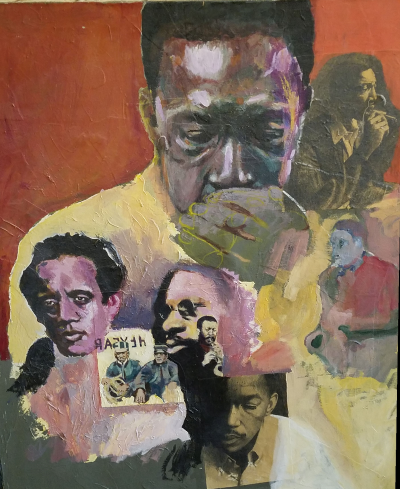
“Ascension”
.
.
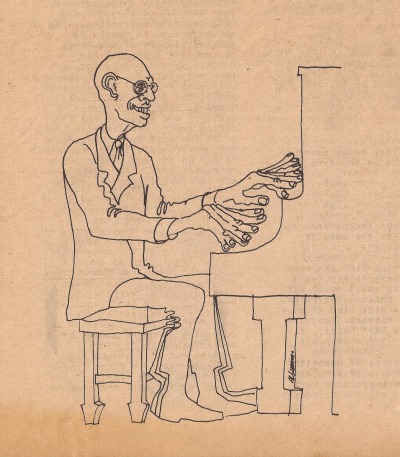
Eubie Blake
.
.
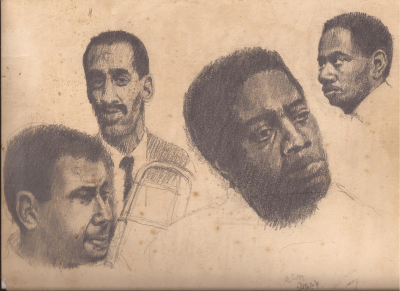
“Four Sidemen for Shepp”
.
.
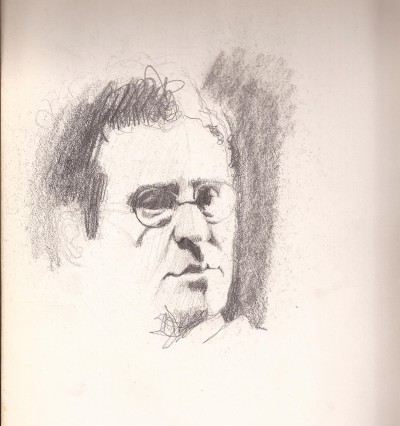
Lee Konitz
.
.
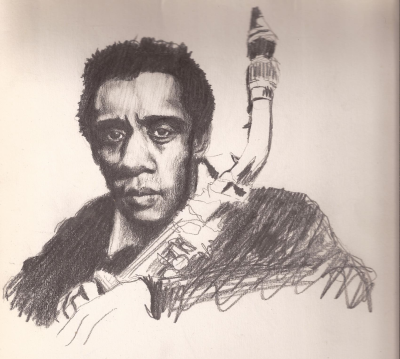
Marion Brown
.
.
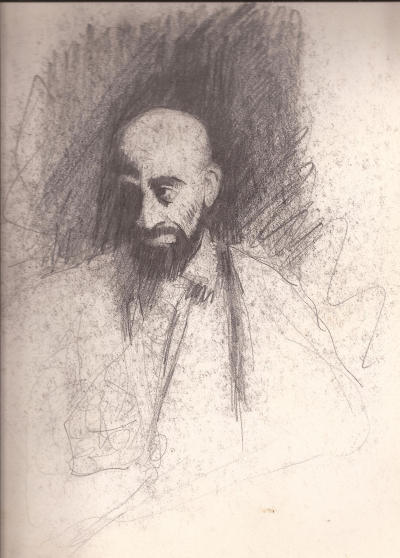
Yusef Lateef
.
.
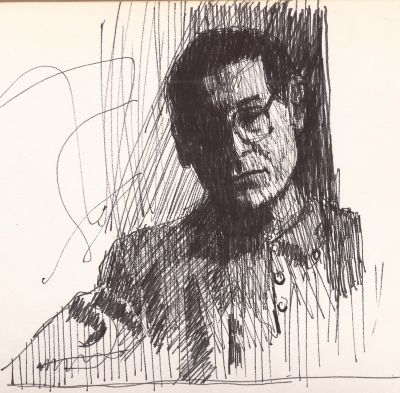
Bill Evans
.
.
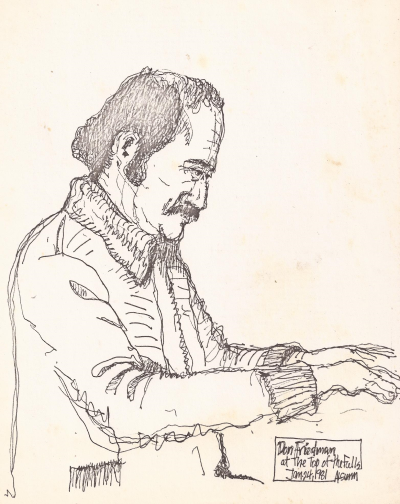
Don Friedman
.
.
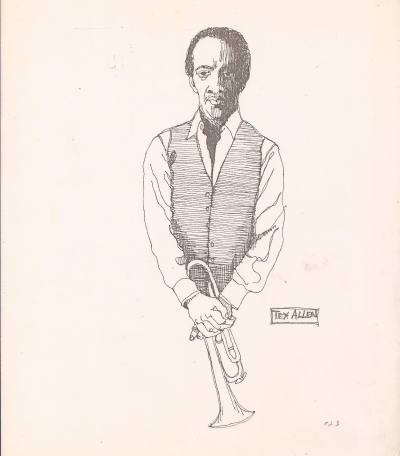
Tex Allen
.
.
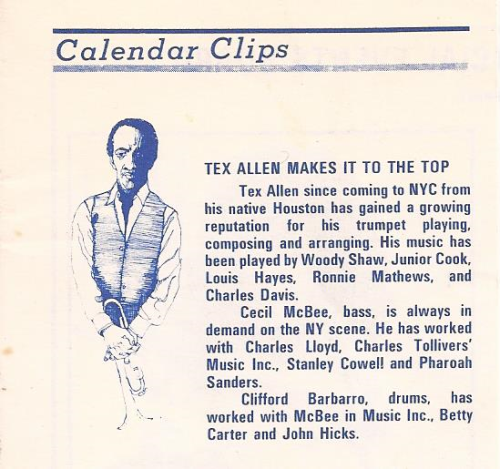
Tex Allen poster Al created to promote a performance at The Top of the Falls
.
.
___
.
.
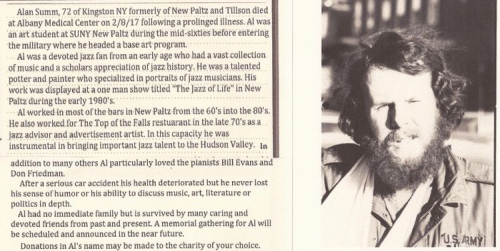
Al Summ’s obituary in the Kingston (N.Y) Freeman, c. February 12, 2017
.
.
In Memory of Alan Summ
Now. Lowered into
sacred earth where
Monk, Miles, Coltrane,
Pres and Billie dwell.
Where Dodo Marmarosa
isn’t alive and well
and Bird doesn’t live.
Where all the butterfly notes
that Bill Evans and Don Friedman played
are their restful cushions. Now.
Now. Listen to the earth’s holy universal
Bebop vibration
beyond time
beyond space
beyond. Now.
.
by Dan Brown
.
.
Listen to The Don Friedman Trio (Friedman, piano; Chuck Israels, bass; Joe Hunt, drums) play “Night” from the 1961 album A Day in the City [Riverside/Universal Music Group]
.
.
Click here to read other “True Jazz Stories”
.
Click here for information on how you can submit your own “True Jazz Story”
.
.
.





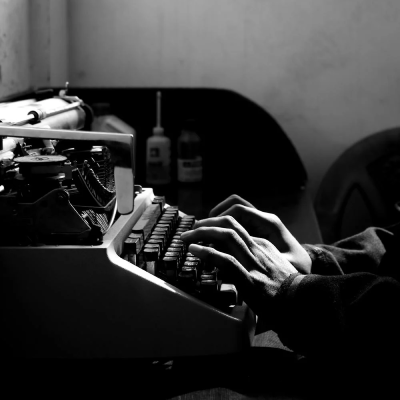
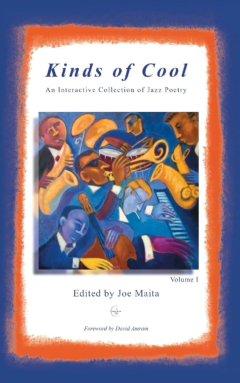
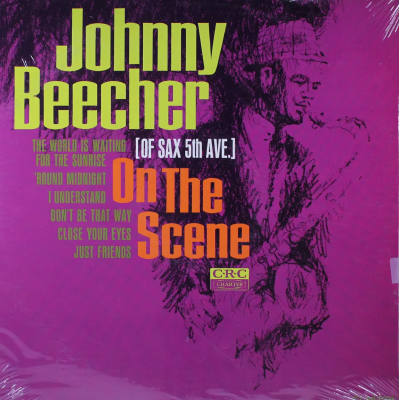
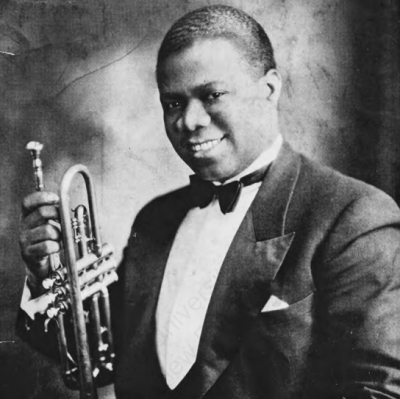
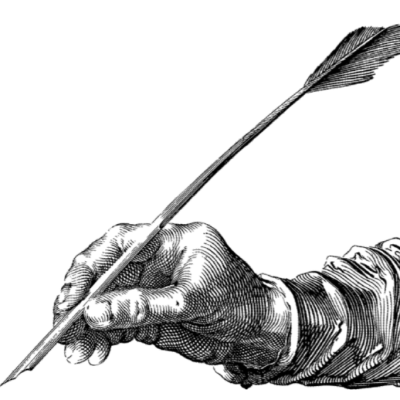

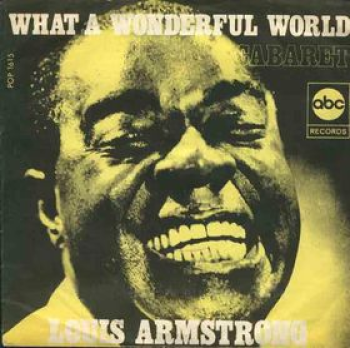
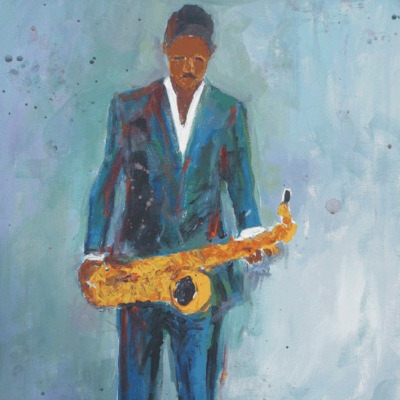

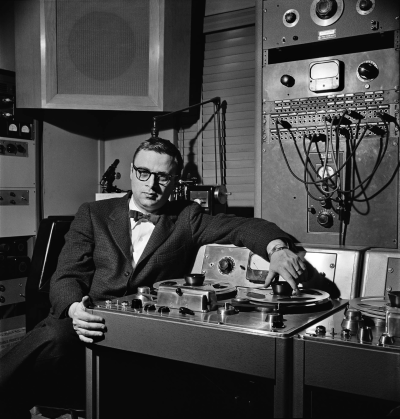

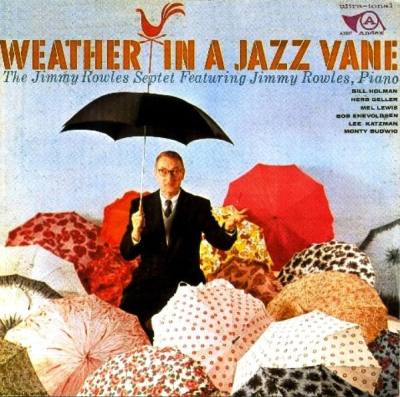
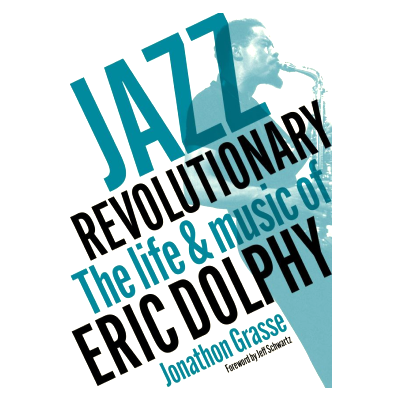

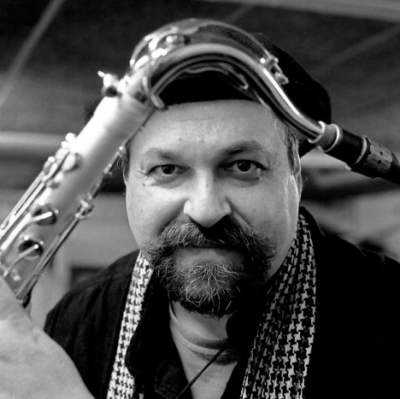
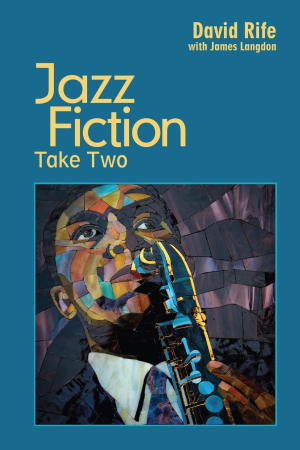

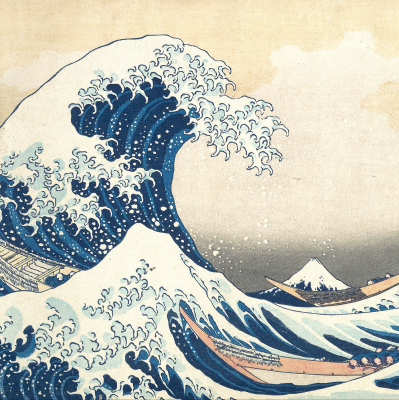
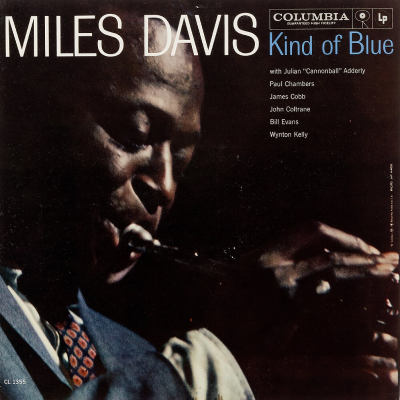
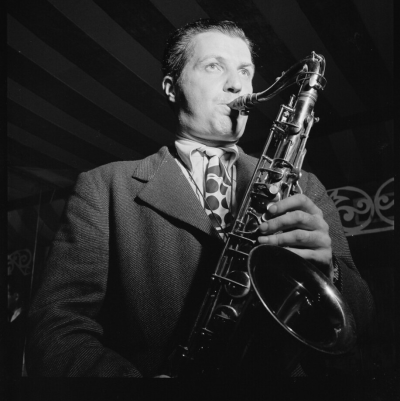
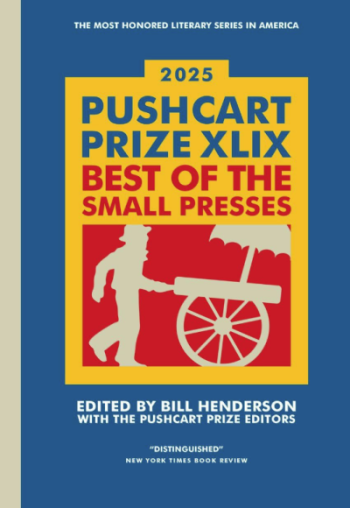
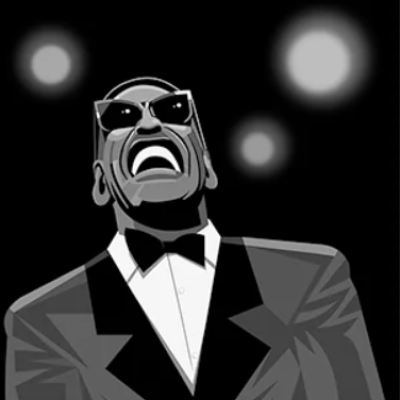
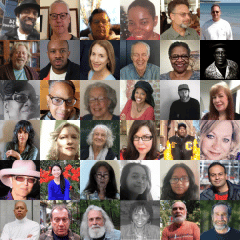

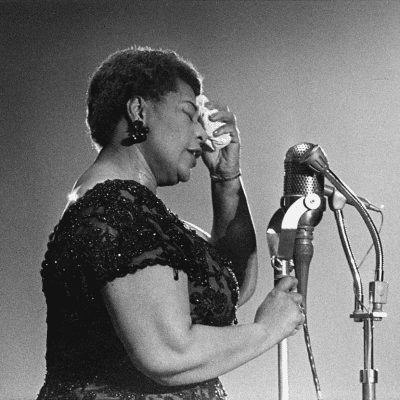


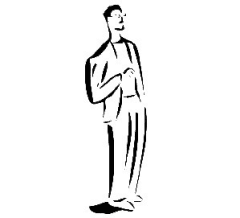
Thanks for the wonderful memories of Al and for letting the world see his beautiful work.
Al was one-of-a-kind. He loved his jazz, and it shows in his paintings. He had so many records (and later, CDs), yet, when telling you about a particular recording he liked, he could fish a copy of that album out of the sea of seemingly haphazard piles of records around his room and drop it on the turntable for you to hear. He was a friend for almost 50 years, and a person I was glad to have known.
Al was a good friend, a most interesting soul. We first became friends in the late “60s, early ’70s. On one of those nights, after the bar closed, he brought me over to his place to see his paintings…beautiful, intense, insightful work.
Al was truly a good man. R.I.P
Wow, i knew Al since we were freshman. He loved basketball, as i did, but he had really bad knees and could never play much. I just stunk due to no talent! I didn’t recall his involvement with jazz. Takes a lot to know people.
Jon
Wonderful remembrance of a Al, a critical resource of our time and place. It all fit together with the rest of friends – like his art, love of music and people, some chord changes but always the same key…
A wonderful piece on a dear friend, I well remember playing basketball and listening to music with him. I also remember many visits to the off campus apartment he shared with Chris Crocker in the mid sixties. So many memories, be safe, old friend.
Al was a close friend since the mid sixties and we kept in contact by phone or in person three or four times a month. Al was a treasured guest at our family Thanksgiving get togethers. My kids and wife loved him.He especially enjoyed talking to and being around the younger family members. Eventually, Al’s mobility and health problems curtailed the in person visits. We still had many conversations about books, music, politics, and basketball by phone. I would play a brief jazz excerpt over the phone and Al could without fail name the artist, song title, album. and related history. Mind blowing. Never has there been anyone who could Name That Tune, in its broadest sense, like Al.
He is missed
Ed Shuster